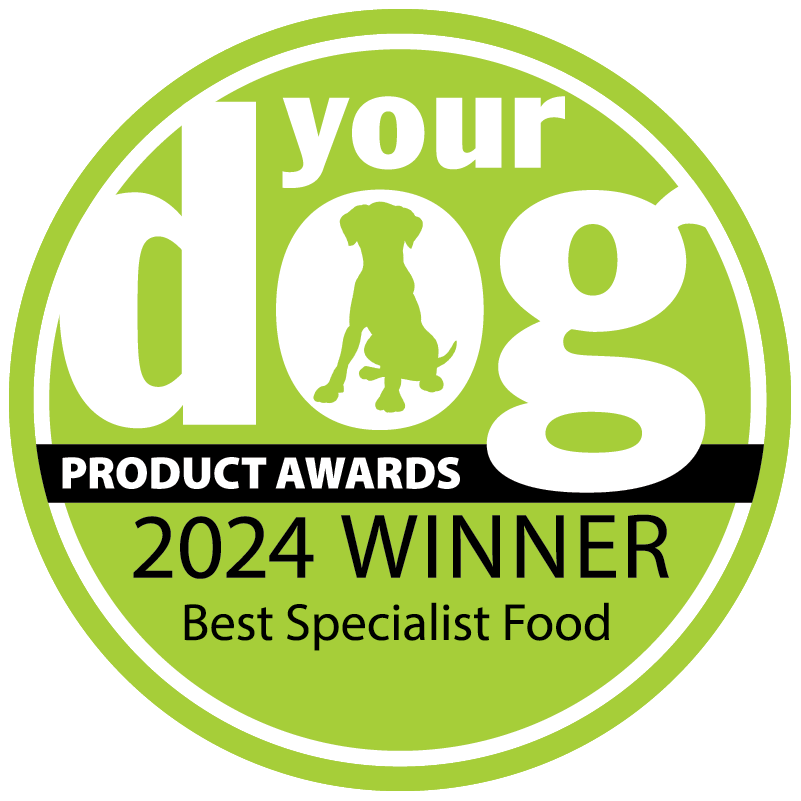
The problem is widespread – more than 50% of pets are overweight.
Yet…
These problems form a formidable obstacle to weight reduction but in my experience there are grounds for optimism. A diet formulated using wholegrains i.e. brown rice, whole oats and wholegrain maize as the main ingredients of a dog’s diet, can offer an effective and fairly painless way forward in a weight reduction and maintenance programme.
A weight control diet has to be sustainable; losing weight on a strict programme which is then discontinued will not be successful long-term. We need to feed in a way which can be considered as normal for long-term use and wholegrains can do that.
A food based on whole oats has a higher fibre content which can help give a feeling of fullness. On the other hand, a food with high proportion of brown rice or wholegrain maize is highly digestible which will be more satisfying to some dogs.
High Meat Equals High Fat
In recent years there has been a growing lobby in favour of high meat diets for pets. In humans the trend is the opposite as people move towards reducing their meat intake for health and environmental reasons. High meat inevitably means that the diet will have a high proportion of fat and protein which cannot, in my opinion, help with our current obesity problem in pets. Nor, as far as I am aware, has it been addressed by manufacturers or advocates of high meat food.
The feeding amount for a weight reduction programme should be based on the target weight, not the existing weight. In fact it is advisable to aim below a ‘so-called’ recommended amount.
Most pet treats are high in fat and protein (that’s what makes them tasty) but it is possible to find low fat treats. Treats should be fed sparingly and the daily food amount adjusted accordingly. An ideal treat would be raw carrot or other vegetables. There need be no control on the amount of raw veg.
When trying to get your pet to lose weight you need not be alone. You can get professional advice from your vet or pet food supplier. In 2014 according to PDSA Animal Wellbeing Report 80% of vets reported an increase in overweight pets in the previous three years.
Four years later and the situation is not improving:
“Pet obesity continues to be one of the key welfare issues facing pets in the UK. It remains as one of the top concerns identified by veterinary professionals, with 50% of those surveyed predicting that pet obesity will have the biggest health and welfare implications in ten years’ time.”(PDSA Animal Wellbeing Report 2018)
How to tell if your dog is overweight:
Get advanced advice
Dog nutritionists can provide professional support with weight control and diet related health issues. Remember, getting your pet to its correct weight will bring many health benefits and prevent problems developing in the future.
Get in touch with the Burns Nutritionists for individually tailored advice on the right food type and amounts for your dog. Our nutritionists can offer friendly support and work with you to reach your dog’s ideal weight. Drawing on the link between health and nutrition, we developed dry pet food that offers the same benefits for your favourite furry friend as simple homecooked food.







